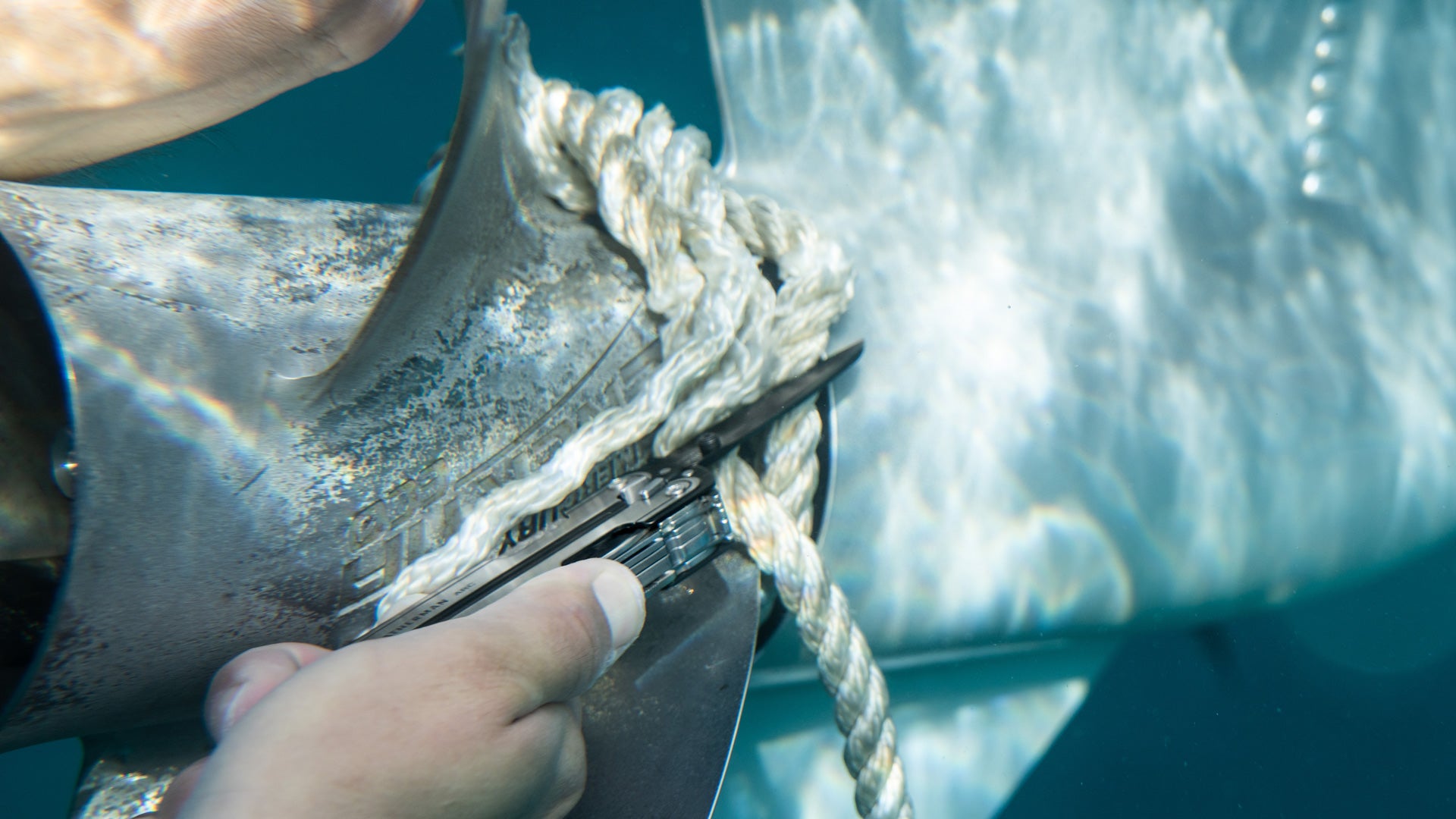
Leatherman Maintenance Tips
If well-maintained, a Leatherman tool can last a lifetime.
Rust And Corrosion
All Leatherman products are manufactured from 100% high-grade stainless steel. (Exception: Screw bits for the tool adapter are made of tool steel.) But stainless steel is not rust proof; it is corrosion resistant. Depending on the mix of metal alloys, stainless steel may be highly corrosion resistant and relatively soft (like kitchen flatware), or they may be somewhat corrosion resistant and quite hard. Leatherman products are fabricated from the latter type, so your tool components are strong and the knives retain a sharp cutting edge. Consequently, corrosion can occur in the absence of proper maintenance. Your Leatherman product should be cleaned (with CRC or similar), dried (with a soft cloth) and re-oiled periodically to inhibit rust and corrosion. This is especially true if you use it in a damp or marine environment. After cleaning, re-oil pivoting areas with a light machine or penetrating type oil (such as WD-40). Buff stained surfaces with a polishing cloth or non-metallic abrasive (e.g. Scotchbrite pad or soft bristle brush).
Blade Sharpening
Leatherman products feature knife blades that may be straight-edged, serrated, or both. Sharpening methods vary depending on the type of knife in your Leatherman product. Note that serrated edges should not be sharpened in the same manner as straight edges. Straight-edged blades can be sharpened using any standard equipment, including whetstones or diamond sharpeners. To sharpen a serrated blade, be sure to use a sharpening system specifically designed to accommodate serrated edges. A proper sharpening method will maintain the curvature of the serrations. Sharpen serrated blades only on the edged side; sharpening the flat (back) side of the knife will cause the serrations to wear away, reducing the knife's effectiveness.
Cleaning Methods
Depending on what your Leatherman has been exposed to, there are several cleaning methods to consider.
- If your Leatherman has been exposed to salt water or marine environments, it should be thoroughly rinsed in fresh water, dried, and lubricated with a water-displacing product. If stains or rust spots appear, refer to the Rust and Corrosion section above for removal tips.
- If debris or sticky substances have accumulated between the blades, your Leatherman may also be cleaned in a mild solution of detergent and water.
- To remove tar and similar substances, clean your Leatherman with turpentine or other mineral spirits. Do not use chlorine products.
- After cleaning, dry your Leatherman and apply a light machine oil or a water-displacing product (WD-40®) to force out moisture trapped in the joints. This also helps protect the tool from further corrosion and sticking.
Cleaning EMT Tools (E.g. Raptor)
Leatherman recommend using Isopropyl Alcohol or Hydrogen Peroxide. They have tested “Sporox II”, which is a mix of 7.5% hydrogen peroxide and .85% phosphoric acid. It tested fairly well, but it caused some corrosion of the carbide striker (but no critical failure, just a bit of dark chalkiness). The Sporox can be used for sterilization as well, which is great.
As for auto-claving, the biggest concern you're going to be faced with is the possible loosening of the pivot posts and rust. The male and female pins are glued together, and the compound may dissolve in extreme temperatures. As long as the temperature remains around 115°C, Leatherman engineers think it should be OK. Of course, with a squeaky-clean tool and metal-to-metal components, your Leatherman will also need follow up lubrication at the joints to maintain smooth tool operation and blade removal, as well as to discourage rust. Leatherman tools are fabricated from a 400 series (high carbon) stainless and may show signs of staining if not properly protected.